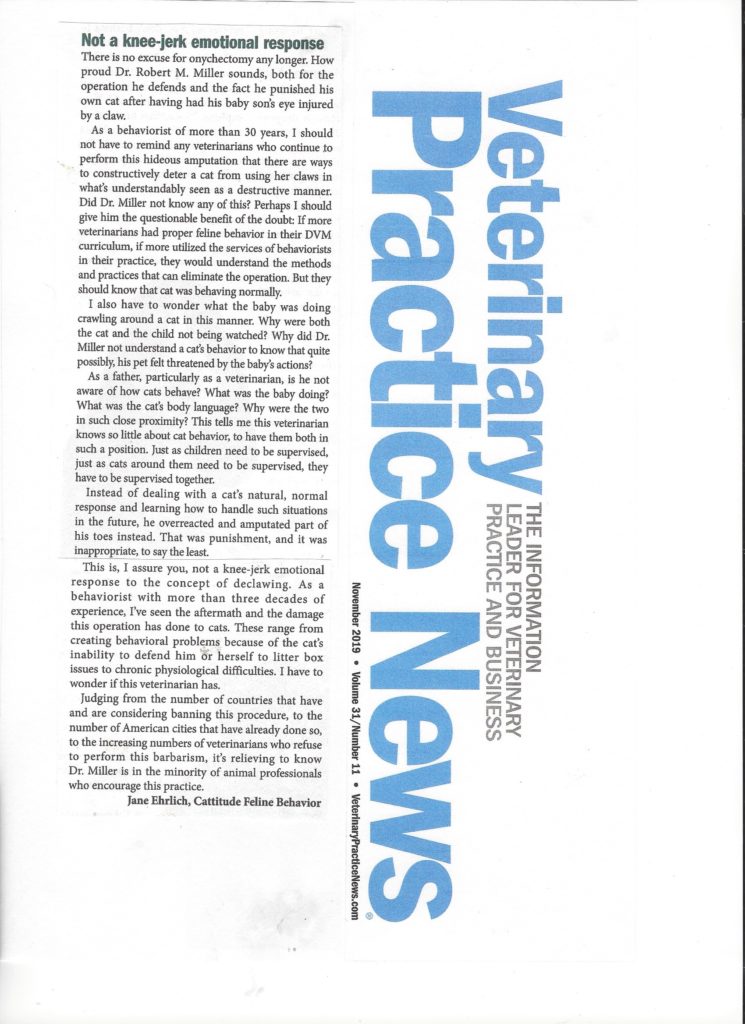“Things have been great over here! Jane’s advice worked and it changed my life. My partner and I blended our cat families together in 2020 – and from day one, we were faced with a challenge. Our three cats were … Continue reading →
“We did a lot of research to find a good cat behaviorist. But they were young, and whatever we read by them, too, was repetition of the same things. Maybe from books they read? We found Ehrlich, and she’s different. … Continue reading →
“Our personal feline Jedi Grand Master. When we introduced our new addition Pepper to our 8-year-old litter-mates Downey and Scarlett, we didn’t realize the trouble we were in for. Downey took Pepper right in, but Scarlett saw Pepper as a … Continue reading →
“I wanted to reach out and update you with how well Salem is doing and thank you once again. We followed all of your advice, and things have been going really well. He hasn’t been licking and no accidents. He’s … Continue reading →
“Jane is such a wealth of knowledge. She gave me so much useful information in just the preliminary meeting! I can tell she really cares about animals; she even went to lengths of showing footage of my cat’s behavior to … Continue reading →
“There are many so-called ‘cat behaviorists’ and ‘cat experts’ now. We did a lot of research to find the right person to sort our trouble between our three cats. Jane is the real thing. Her level of experience and her … Continue reading →
(Chewy.com) Is This Normal: Why Do Cats Like to Sleep In Bed With You?
Q: My cat sleeps in the bed with me. Why do cats like to sleep with you? Is this normal? A: Of course it is, and your cat must feel comfortable with you. Your cat’s adorable little face may be … Continue reading →
Myths on the Net: Trapped in the Web? – Cleaning, Crating, Soiling
Amazing, the Net misinformation still around about cat behavior. Pervasive, repeated, rarely re-examined when there’s new research, and because these myths are often on respectable websites, it’s accepted as The Last Word. During the last 34 years’ experience in cat … Continue reading →
Cattens: The Young And The Restless
Originally posted on Fear Free Happy Homes – October 2018 Cattens: They’re not quite kittens, not quite cats. They’re tweens through teens. Adolescents. Can go from “Mommm-muh! Don’t! Won’t!” to “Mommmy?!” in five minutes. Absolute challenges in the bum. I … Continue reading →

